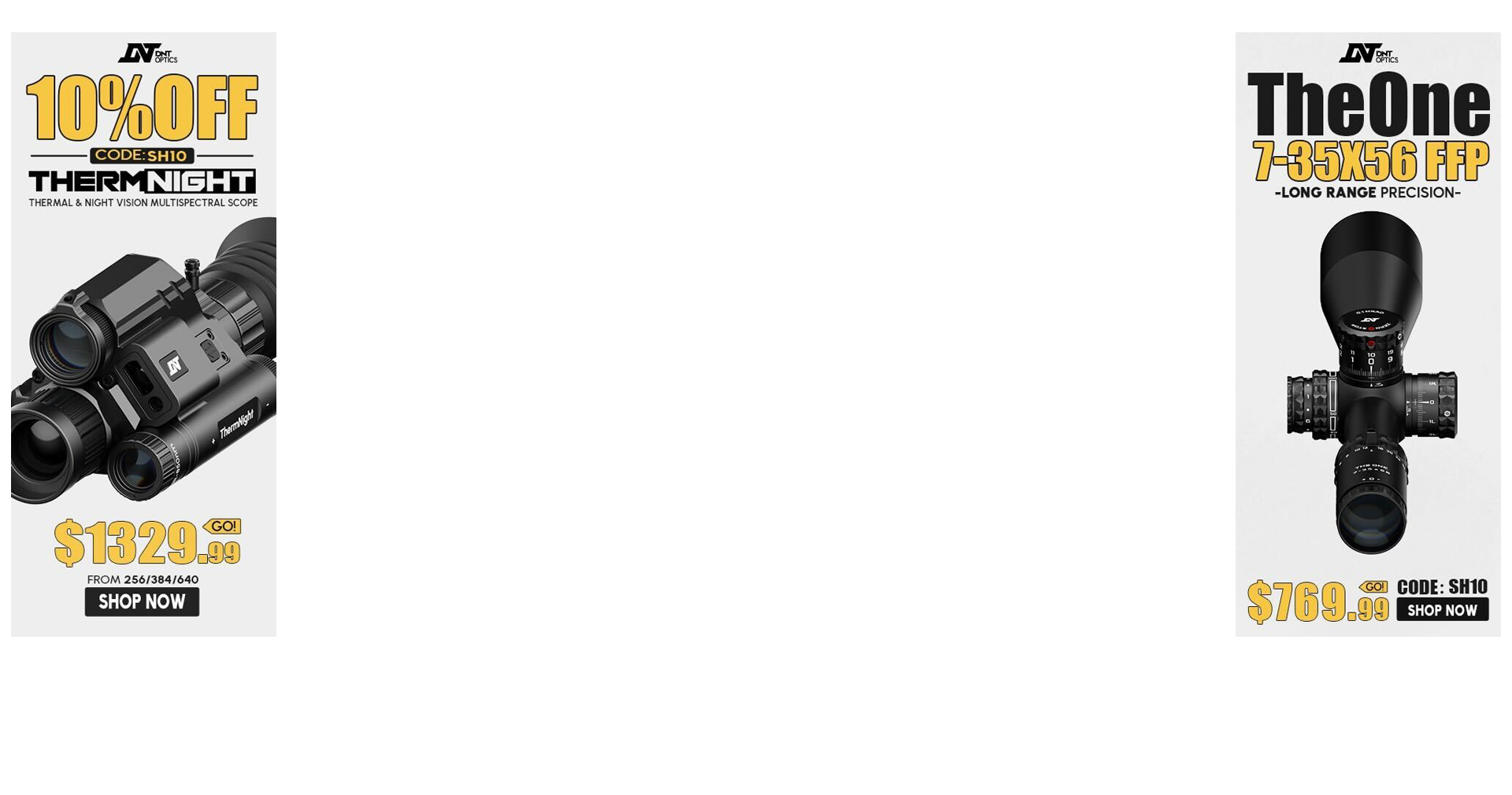Don't know if anyone here has seen this, but I found it interesting:
https://foxtrotalpha.jalopnik.com/this-russian-company-plans-a-sniper-rifle-that-can-fire-1829496377
Your thoughts?
https://foxtrotalpha.jalopnik.com/this-russian-company-plans-a-sniper-rifle-that-can-fire-1829496377
Your thoughts?



